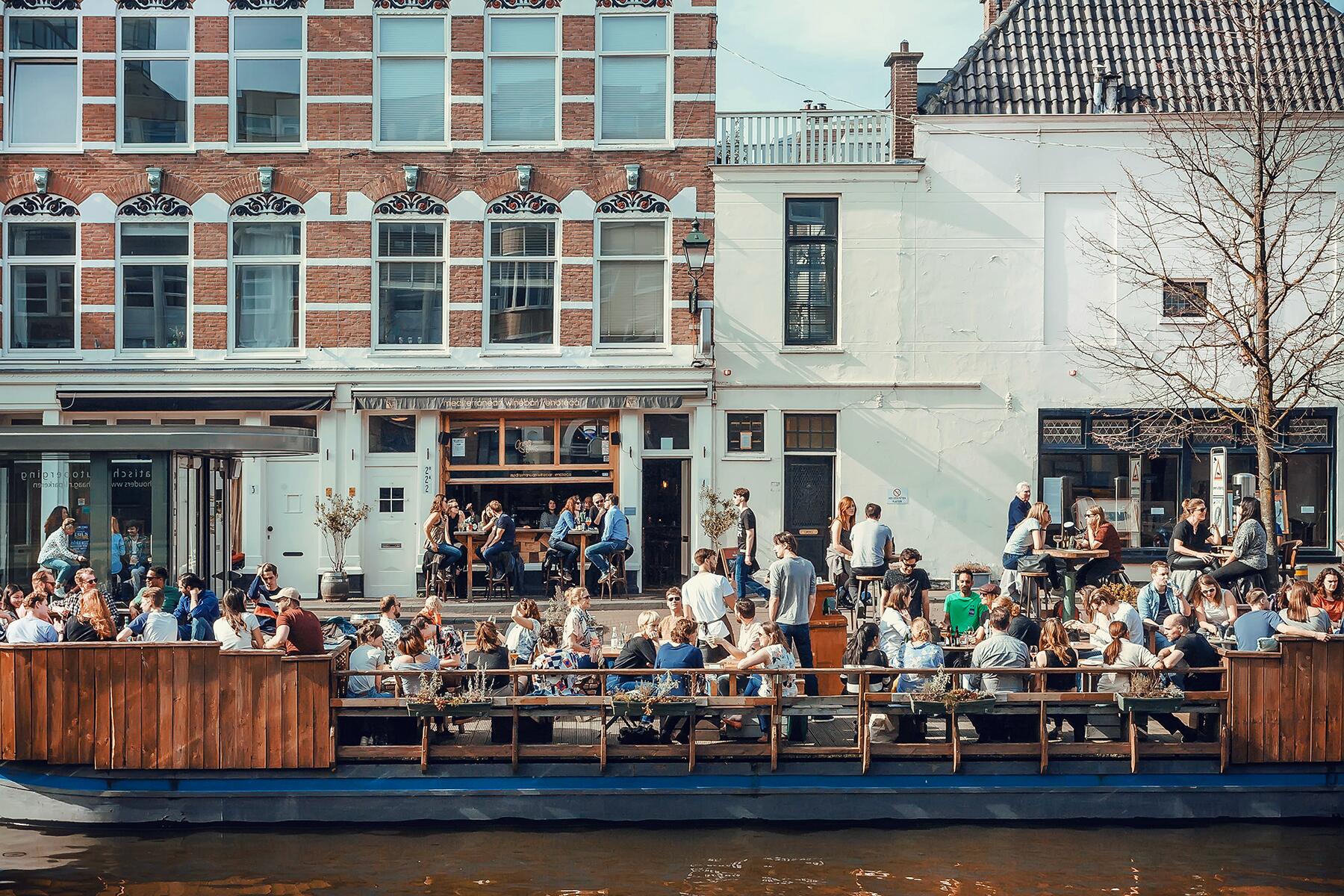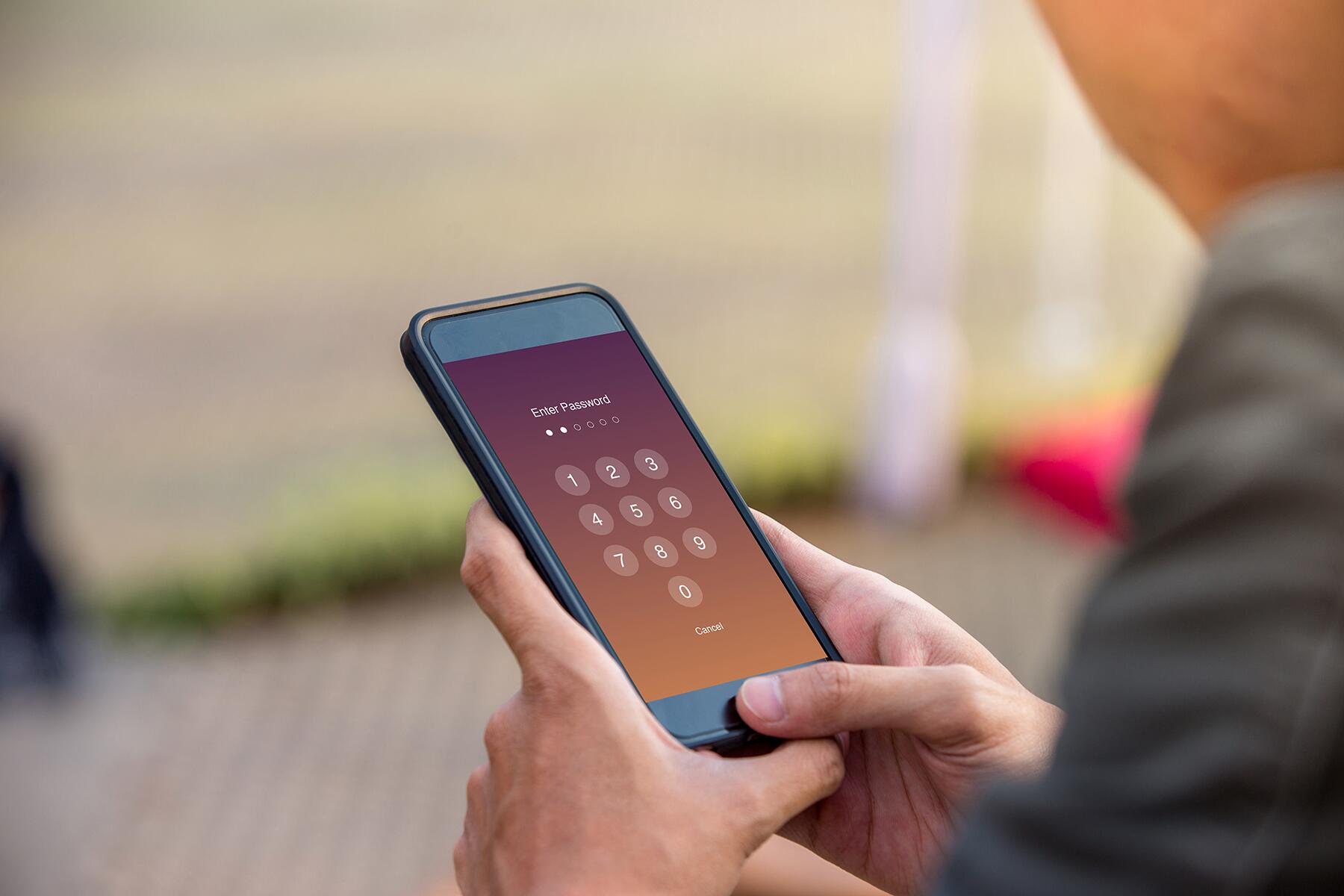By Dianne Hales
www.becomingitalian.com
In other cities you visit museums. In Florence, the city itself is a museum, a dazzling indoor-outdoor exhibition of some of the greatest masterpieces ever created. You can’t see them all in 48 hours, and you shouldn’t try. Instead, make smart choices and use your extra take time to linger in a café, wander into an artisan’s shop or stop to listen, as I have, to a lone violinist playing on a bridge over the Arno. These may be the memories you savor most.
If you have an absolute must-see priority, such as Botticelli’s “Birth of Venus” at the Uffizi or Michelangelo’s David in the Accademia, pre-purchase your tickets from an online agency or through your hotel. The time saved during a brief visit is well worth the extra cost.
Day One
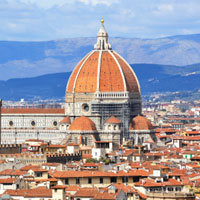
A Morning on the Move
The best way to get to know the epicenter of the Italian Renaissance is on foot. Here is an itinerary that visits many of the high points:
Start at the towering Santa Maria del Fiore, known as the Duomo. The product of centuries of centuries of construction, this cathedral represents a triumph of architecture and engineering.
On the Piazza del Duomo are two other marvels: the Baptistery, with a replica of Ghiberti’s famed doors on the side facing the cathedral, and the Campanile, or bell tower, designed by Giotto.
Recommended Fodor’s Video
At the back end of the Piazza del Duomo, turn right onto the Via del Proconsolo, lined with leather shops and several museums, including the outstanding Bargello.
Turn right on the Via de Gondi along side the historic Palazzo Vecchio, which serves as Florence’s city hall as well as a museum.
The best known statue in the Piazza della Signoria, Florence’s historic heart, is the replica of Michelangelo’s David. However, don’t miss Cellini’s legendary sculpture of Perseus holding the head of Medusa and the other sculptures in the Loggia della Signoria.
Follow the Piazzale degli Uffizi, surrounded by galleries housing the museum’s world-renowned art collection, toward the Arno.
Turn right and make your way to the Ponte Vecchio (the old bridge), built in 1345, where goldsmiths have been selling their wares for centuries.
Rather than crossing the bridge, stroll in the opposite direction toward the lively Piazza della Repubblica, where you can stop for an espresso, a gelato or an open-air lunch.
An Afternoon of Art
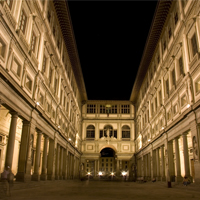
To understand why Florence is Italy’s premier citta d’arte (city of art), visit one of the following:
Galleria degli Uffizi (Tues. – Sun. 8.15 a.m. – 6.50 p.m.). Originally designed as offices for the Medici duchy, its 50 rooms present paintings by masters such as Giotto, Botticelli, Leonardo, Michelangelo, Raffaello and Tiziano.
Museo del Bargello (Tues. – Sun. 8.15 a.m..- 2 p.m.) This former prison displays some of the city’s finest sculptures, including Donatello’s extraordinary David and works by Michelangelo and Ghiberti.
Accademia Gallery. (Tues. – Sun. 8.15 a.m. – 6.50 p.m.) An estimated 6,000 visitors a day come to see Michelangelo’s David, but the collection also includes paintings by other medieval and Renaissance masters.
Evening: Dinner with Dante—And Then?
Alle Murate (Via del Proconsolo 16/r), an elegant upscale restaurant in a restored guild hall, serves sophisticated cuisine plus a dash of art history: the oldest known portrait of Dante Alighieri, father of the Italian language, with an audiotape (available in English) of the story of its discovery. For a less-pricey, more casual meal, Ristorante Trattoria Dante (12/R, p. Sauro), housed in a medieval palazzo, specializes in oven-baked pizza and Tuscan dishes.
Florence offers a rich cultural life, including its annual Maggio Musicale (every May and June), outdoor concerts in various piazze and opera in the Boboli Gardens throughout the summer. Check local tourist information centers for what’s on while you’re in town.
Day Two
A Morning In and Around Church
The light is best for viewing frescoes in the morning, so choose at least one of the following as your destination. Each is in a different neighborhood with lots of interesting side streets to explore. Be sure to dress appropriately (covered shoulders and knees for women; no caps or shorts for men.)
Santa Croce (Mon. – Fri. 9.30 a.m. – 5.30 p.m., Sun. 1-5.30 p.m.). This vast Franciscan Church contains tombs and memorials to Italy’s grandi (great ones), including Michelangelo, Machiavelli and Dante, as well as frescoes by Giotto and a chapel designed by Brunelleschi.
Santa Maria Novella (Mon – Thurs and Sat 9 a.m. – 5 p.m., Fri. and Sun. 1 – 5 p.m.). Within its vast interior are works by Gothic and early Renaissance artists, such as Lippi, Massacio and Botticelli. Most famous are the vibrant frescoes in the chapels commissioned by important Florentine families.
Museo San Marco (Mon. – Fri. 8.15 a.m. -1 .50 p.m.; Sat. 8.15 a.m. – 6.50 p.m.; closed first, third and fifth Sunday and second and fourth Monday of every month). Beato Angelico, a Dominican friar who lived in this monastery from 1436 to 1447, painted sublime frescoes in the brothers’ cells. His “Annunciation” on a staircase landing in the monastery is considered the best-loved painting of the Renaissance.
An Indoor/Outdoor Afternoon
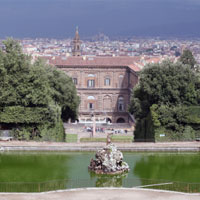
Located in the Oltrarno (the neighborhood across the Arno), the splendid Pitti Palace and the adjacent Boboli Gardens offer a range of intriguing collections. For a quick lunch, try the simple but satisfying food at the café in the entrance courtyard (no ticket required).
Pitti Palace (Daily 8:15 a.m. – 6:50 p.m.; closed first and last Monday of each month). Florence’s largest palazzo, once a Medici residence, includes the Palatine Gallery (with works by Raffaello, Tiziano, Rubens and Caravaggio), Gallery of Modern Art, Porcelain Museum, Royal Apartments and a Costume Gallery, with gowns dating back to Eleonora, the Medici duchess who remodeled the palazzo in the 16th century.
Boboli Gardens (Daily 8:15 a.m. – seasonal closing times)
Amid grand paths and formal gardens are grottoes, fountains, sculptures and an orangerie. Don’t miss the Bacchino (little Bacchus), a fat naked dwarf sitting on a tortoise, and the Fontana dei Mostaccini (“Fountain of the Little Ugly Faces”).
Evening: The City by Sunset
My favorite way to end a day in Florence is by climbing above the piazza Michelangelo, with its massive bronze David and tourist throngs, to San Miniato, the oldest church in Florence. My daughter and I once arrived just in time for a vespers concert by a visiting Welsh choir. We walked outside as the sun was turning the roofs of Florence to gold. The spectacular sunset continued like a Technicolor slide show as we made our way down the hill.
About the Author
Dianne Hales spent considerable time in Rome studying Italian and doing research for her book, La Bella Lingua: My Love Affair with Italian, the World’s Most Enchanting Language, which is now available in paperback. You can find out more at becomingitalian.com.
Photo credits: (1) Duomo image courtesy of istock/Filippo Brandini (2) Uffizi image courtesy Shutterstock (3) Boboli Gardens image courtesy istock/Ana Amorim
